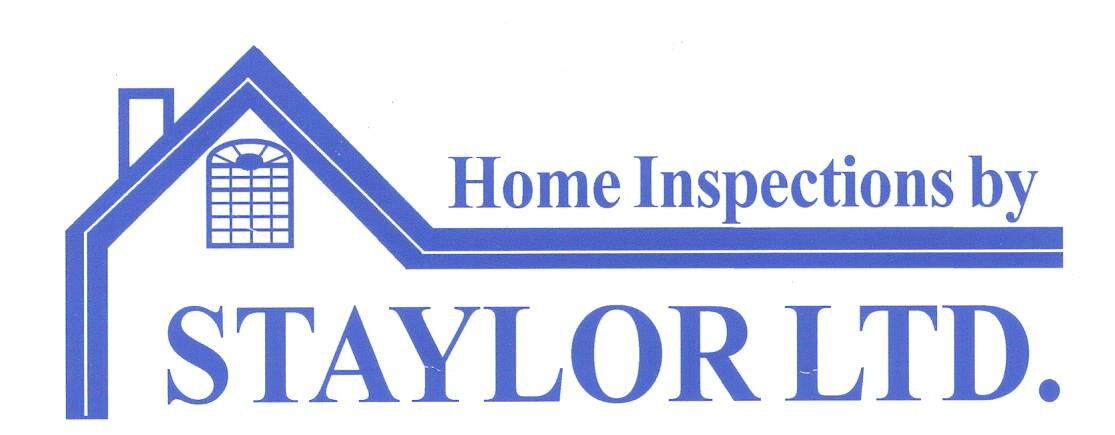How’s the Roof?
Home Inspections by Staylor LTD.
This is one of the more frequent and relevant questions a prospective homebuyer needs to ask. When inquiring about the roof we are referring to the condition of the roof cover material, the shingles. The shingles or roof is one of a number of significant elements that will influence the decision to buy.
The roof protects the house structure and interior from the environment and keeps out water. Roof shingles are made from a variety of materials including wood, metal, clay, slate, and most commonly asphalt. The discussion here will be about asphalt, the most common shingle type.
HOW LONG DOES A ROOF LAST?
The answer to this question is not as simple as one might think. There are a number of factors that affect roof life and although age is a significant factor, it is not the only factor. Roof longevity depends on color, sun exposure, weather conditions, attic ventilation and age. Roofs that are dark in color, face the sun without benefit of shade and whose attics are poorly vented will age more rapidly due to sun exposure and heat. The effects of rain, snow, and wind accelerate the aging process by eroding the surface of the shingle. As the roof ages the telltale signs become obvious. The roof looses its protective granular covering, dries out, curls, becomes brittle, and ultimately breaks loosing its ability to protect the house. This process from new to needing replacement can take from 15 to 30 years with the average being about 22 years.
It is advisable to replace roof shingles before leakage occurs and, in the case where new shingles are applied over old, before significant curling and breakage of the old shingles occur.
GUIDELINES FOR ROOF REPLACEMENT:
When to install new shingles is, to an extent, a judgment call as even a badly deteriorated roof may not leak. Section R907 of the New York State Residential Building Code allows re-roofing over an existing single layered roof (except if that single layer is wood, clay or slate), but no more than two layers are permitted. The Asphalt Roofing Manufacturers Association concurs with and approves of this practice as long as the underlying shingles and structure provide a relatively flat and sound base.
In short, the guidelines for the decision to simply re-roof or to remove the old and then re-roof are dictated by the building code and the roofing manufacturers recommendations.
A SIMPLE RULE:
If the roof is close to 25 years old and or exhibits the telltale signs of deterioration, replacement will probably be needed. If there is only one layer of shingles present, a second layer may be installed over the old provided that the old shingles are not badly damaged and there is no underlying damage. If there are already two layers, then they must be removed prior to installing the new shingles.
In either case, the buyer should take comfort in knowing that re-roofing is probably the most common of repairs and that, like tires on a car, the roof is a wearable item that needs to be renewed periodically. When re-roofing, remember to stay with the lighter colors and to provide adequate attic ventilation.
- Rich Gallagher, Engineer; B.S., M.S. (Lic# 16000011364)

